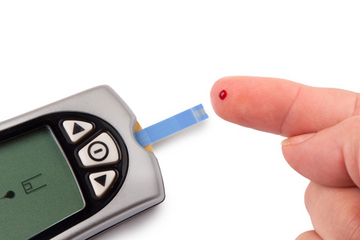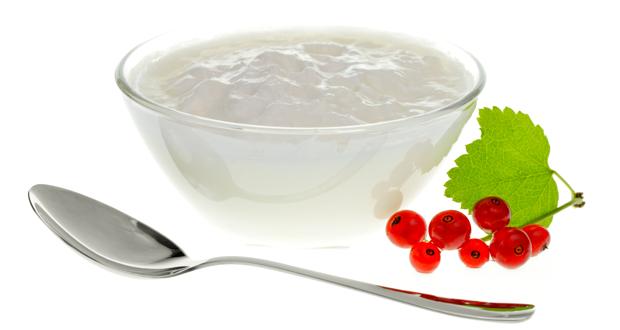
The Facts on Typhoid
Typhoid, also known as typhoid fever or enteric fever, is an infection caused by the bacteria Salmonella typhi.
Across the world, millions of people are infected annually by typhoid, and about 200,000 of them die. The number of people infected with typhoid each year is very low in North America and the industrialized world, but typhoid is common in developing countries.
Typhoid is usually curable, but some bacterial strains are becoming increasingly resistant to antibiotics. Most people with typhoid in North America acquire it while travelling to developing areas of the world.
If untreated, about 10% to 16% of people with typhoid will die. This drops to less than 1%when people are treated promptly.
Causes of Typhoid
Typhoid is usually transmitted by water or food, in much the same way as cholera. People who are infected excrete live bacteria in their feces and urine. They are usually contagious for a few days before any symptoms develop, so they don’t know they need to take extra precautions. If they don’t wash their hands properly, the typhoid bacillus can be transferred to food or water and from there to another person. Also, it can be spread directly from person to person via contaminated fingers.
About 3% of infected people (treated or not) become asymptomatic carriers of Salmonella typhi. This means that they continue to shed bacteria in their feces for at least a year and often for life but don’t have any symptoms of typhoid. There are a small number of typhoid carriers in every country. Even Canada and the United States report dozens of locally transmitted cases of typhoid each year, though most cases in these countries are among travellers or people immigrating who are ill when they arrive.
Symptoms and Complications of Typhoid
Symptoms usually appear 1 or 2 weeks after infection but may take as long as 3 weeks to appear. Typhoid usually causes a high, sustained fever, often as high as 40°C (104°F), and extreme exhaustion.
Other common symptoms include:
constipation
cough
headache
loss of appetite
stomach pains
sore throat
Rarer symptoms include:
bleeding from the rectum
delirium
diarrhea
temporary pink spots on the chest and abdomen
With antibiotic treatment, symptoms start to subside after 5 to 7 days, but without treatment they continue to get worse for several weeks, and more than 10% of untreated people may die.
A small number of people who recover from typhoid may have a relapse of their symptoms just a few weeks later. The second bout tends to be less severe than the first, and clears up quickly with further treatment.
Many people suffer from mild intestinal bleeding, but it is severe in only a small minority of cases. The main way typhoid kills is by causing perforation of the small intestines, causing bacteria to pour into the abdominal cavity. This condition is called peritonitis, and is often fatal.
Other complications of typhoid occur when a large number of bacteria get into the bloodstream, causing bacteremia. They can travel to the lungs, causing pneumonia, or to the lining of the brain (meningitis), the bones (osteomyelitis), the heart valves (endocarditis), the kidneys (glomerulonephritis), the genital or urinary tract, or the muscles. Hepatitis (inflammation of the liver) can also occur.
Diagnosing Typhoid
Your doctor will ask you about your symptoms and perform a physical examination. If your doctor suspects typhoid fever, it is diagnosed by culturing, a blood or stool sample and, in rare instances, bone marrow. A blood test that checks for antibodies can be used to make a diagnosis. However, this test is not very accurate. Your doctor may do other tests to rule out other conditions that cause symptoms similar to typhoid.
Treating and Preventing Typhoid
Typhoid is treated with antibiotics (e.g., ceftriaxone, levofloxacin, ciprofloxacin),* which usually clear up symptoms in less than a week. People with severe typhoid also may be treated with glucocorticoids such as dexamethasone.
Very few people die of typhoid if they are properly treated. However, they are likely to be infectious for at least a week after symptoms pass. Some people remain infectious, excreting the organisms in the stool, for 3 months or more. The long-term carrier state is unlikely to occur except for those with gallbladder disease.
Careful hand-washing after bowel movements and prior to food handling will help prevent the spread of typhoid. Carriers may be treated with antibiotics for 4 to 6 weeks.
Typhoid fever can be acquired almost anywhere in the world, but it is very rare in developed countries. You have a higher risk of getting typhoid fever if you travel to developing areas such as Asia, Africa, and Latin America.
Preventing typhoid is all about avoiding contaminated food and water. The same healthy practices will also help protect you from diseases such as cholera and hepatitis A, which are transmitted in the same way. Follow these guidelines to minimize your risk:
Boil or disinfect all water before drinking it – use disinfectant tablets or liquid available in pharmacies or drink commercially bottled (preferably carbonated) beverages.
Peel all fruit and vegetable skins before eating.
Keep flies away from food.
Watch out for ice cubes, ice cream, and unpasteurized milk, which can easily be contaminated.
Cook all food thoroughly and eat it while it’s hot.
Be aware of the “danger foods” – shellfish, salads, and raw fruit and vegetables.
Do not eat food or drink beverages from street vendors.
At present, vaccinations against typhoid provide about 70% protection for 2 to 4 years – the duration of protection depends on the vaccine used. The vaccine is available as an oral capsule or powder, and as an injection. Your doctor will determine what form is best for you or your children. Even vaccinated people must follow the food safety tips listed above. It is best to be immunized at least one week before possible exposure.
Source: Chealth













